“Cover your face.” — Physician
Physician and Memphis city councilman Jeff Warren has dual perspectives on the coronavirus crisis. As a doctor, he says his practice has transformed. “We have completely closed out all regular appointments. … We’re doing telemedicine for people to make sure they’re okay, and we’re also doing triage for flu-like illnesses (FLI) — cough, fever, flu-like symptoms. A few weeks back, we were seeing influenza; now the FLIs are mostly COVID-19.”
Testing availability is still an issue. “If we only test people who are sick, we don’t know the prevalence of the disease in the city. People can’t get tested unless they have fever, cough, shortness of breath. We need more tests and more testing.”
A lack of ventilators has been an issue in other areas struck hard by the virus. Warren says, “If people socially isolate aggressively over the next couple weeks, we could have enough ventilators. If we don’t, then we probably won’t have enough.”
Warren is concerned that too many Memphians aren’t taking the virus seriously and aren’t socially distancing or isolating, citing churches that are still holding services and people gathering in parks in groups. “We’re not where we need to be,” he says.
Donning his city councilman hat for a moment, Warren adds: “If Memphis goes down with this, America’s in big trouble. If we keep running, we save lives. We’ll be shipping medical supplies, PPEs, and tests to the rest of the country. By shutting down the city, Mayors Harris and Strickland may have bought us a few weeks. Time will tell.”
And regarding the public wearing masks? Just do it, Warren says. “Countries that have the virus under control, their citizens have aggressively covered their faces in public. Since 80 percent of people who have the virus may not show evidence of infection, covering faces will make a big difference.”
In his practice, Warren says, “We’re wearing masks till they fall apart — sterilizing them and keeping and reusing them until they fall apart.” As for the public, he doesn’t mince words: “People can use scarves, T-shirts, paper or cloth masks — whatever. Put something over your face. Cover your face.” — Bruce VanWyngarden
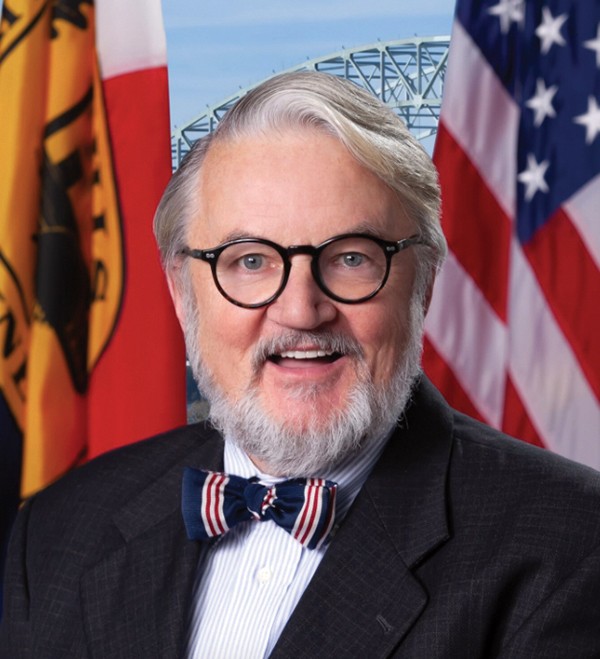
Jeff Warren
…
“We’re scared.” — Nurses
Nurses in hospitals and medical clinics encounter hundreds of patients each week. Under normal circumstances, it’s a trying job, but as COVID-19 spreads rapidly, they’re under more stress than ever.
*Trudy and *Lizzy are local nurses, both with ICU backgrounds, who, for fear of losing their jobs, wish to remain anonymous. Working in direct patient care, both are concerned about the lack of PPE (personal protective equipment) supplied by their workplaces due to global shortages.
Trudy believes that any nurse working in direct patient care during this crisis should have access to proper PPE to prevent the spread of the novel coronavirus. “We should be wearing particulate masks [N95 masks], goggles, a full suit, and we are not provided that. Supplies are running out, and the CDC bent their guidelines to accommodate that, saying basically, ‘If you get in a pinch, we recommend using a bandana or a scarf over your face.’ That’s not going to do anything. I think a lot of nurses are really pissed off all over the country because how did we get to this point? We have the most expensive health-care system in the world, and we don’t have protective equipment. It’s like sending a nurse into battle with a toothpick, like ‘Good luck. Hope you don’t get sick and die.’ We’re scared. Everybody is scared. We didn’t sign up for this.”
Last week, Trudy saw more than 100 patients. “I wore the same [surgical] mask all week because we only have about half a box for our entire staff.”
Lizzy works at a local hospital, and while she’s not currently working directly with COVID-19 patients, she knows they’re there — and she knows the risks. “I feel like we’re two weeks behind everything as far as nurses being able to wear masks, the types of masks we’re able to wear, visitors coming in and out, still allowing outpatient procedures to be done — these things should have already been hashed out. And every day, multiple times a day, the rules are changing, and that uncertainty is unnerving.”
The hospital is providing those caring directly for COVID-19 patients N95 masks, but others are only allowed regular surgical masks. “I know it’s in the atmosphere. I know it’s in our environment,” Lizzy says. “It’s like being stuck on the train tracks, and you know the train is coming and there’s nothing you can do. You might survive it, and you might not.” — Shara Clark
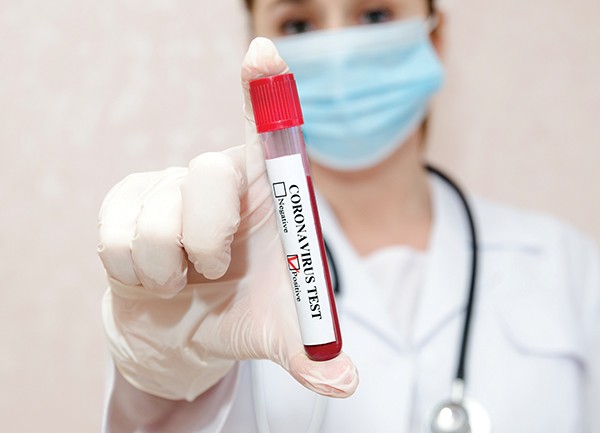 Svetamart | Dreamstime.com
Svetamart | Dreamstime.com
…
“Grateful for work.” — Walgreens Clerk
Walgreens employees are among those considered essential, and many of them are encountering thousands of customers each week. While some workers are concerned about contracting COVID-19, many are thankful to have a job, including Walgreens team member *Jacob. “At first, there was a lot of fear, and some of my co-workers were upset about having to come in,” he says, “but right now, because of people not having jobs, a lot of us are just grateful that Walgreens hasn’t closed. We’re glad to be getting a paycheck.”
Walgreens has adjusted its attendance policy, allowing employees who are sick, want to self-quarantine, or have lost their childcare to miss work. “They’ve given us the option to call out and still have a job because the attendance policy won’t be held against us,” Jacob says.
In regard to the ways in which operations have changed due to COVID-19, Jacob says, “The biggest thing is how we take care of the customers. In photo, for example, we can no longer touch the kiosks or touch customers’ phones if they need help. So some customers are not getting the level of friendliness they’re used to.”
Walgreens has also put safe distancing measures in place, with tape marking off six-foot spaces in which to queue in line. “The only time you’re really not six feet apart is with us at the register because there’s no way you can do that [and check out],” Jacob says.
While wearing gloves or masks is not mandatory, Walgreens does provide them to employees. Some cashiers wear them because “they’re paranoid,” he says, but not all do. “It is mandatory to have your hand sanitizer behind the register, though, and a lot of cashiers are using it [after every transaction].”
All Walgreens locations have gone to 9 a.m. to 9 p.m. store hours, but even at locations that are normally open later or for 24 hours, employees are coming in for their regular shift hours to clean. “Every counter, kiosk, pin pad, door knob, chairs in the pharmacy waiting area — everything anybody touches has to be sanitized often,” Jacob says. Sanitization at registers is scheduled between cashiers’ shifts, but, he says, it depends on the cashier. “Some are cleaning counters and pin pads any time they have a moment between customers.”
Walgreens is also offering all team members one-time bonuses “if you work through this,” says Jacob. Bonuses will be paid at a later date, with the amount based on whether the employee is full-time or part-time. — SC
…
“There’s not enough.” — Hospital Worker
*Alex works in inventory and supply logistics at a local hospital and says that supplies, including protective gear and disinfectants, are on a monthly allocation. “As logistics, we keep about a month of stock on us at any given time, so when the crisis started and everyone started buying up stock … our allocations got eaten up within two weeks.”
New orders placed for more crucial supplies are not being met. “Today was one of our stock days. I got two cases, which is about 200 masks, out of the 2,000 that we asked for,” he says. “And it’s not just masks. Right now, I can’t buy bleach.”
Due to new protocols surrounding which health-care professionals within the hospital can access PPE, supplies are now kept under lock and key, and many employees are angry that they cannot wear protective gear. “What’s scary is that everybody is so frightened, and with good reason,” Alex says. “I have everybody walking into the hospital wanting to wear full PPE, and I have to explain that [due to stock restraints] we can’t treat everybody like they’re a person of interest. There’s not enough for people — not at all.”
The PPE they have on hand is reserved for those who are working with “people who are in isolation or suspect, waiting for tests to come back — and tests are very limited,” he says. “It’s only people who are going in and out of those rooms — they’re not all in ICU or ED.” The hospital has a small supply of face shields, which are plastic guards meant to be worn over N95 masks to protect the entire face — and are meant to be disposable after each use. “With CDC guidelines [now changing], we can wipe them down per shift,” Alex says. “We’re now issuing one face shield for a person who is going to be in a room [with a COVID-19 patient or suspect]. Each time they leave the room, they take off their face shield, take off their mask, wipe it down, and put it in a paper sack. The next time they enter that room, they don that protective gear again.” The gear is thrown away at the end of a shift.
Aside from dwindling stock, Alex is having a problem with theft, specifically for disinfectant products like Sani-Cloth. “I have to lock down everything. When this crisis began and people started buying all the milk and bread, people did the same thing in the hospital, working there, they took a lot of stuff home.” — SC
 Russell Linton | Dreamstime.com
Russell Linton | Dreamstime.com
…
“I am seeing a lot of panic.” — Pharmacists
Doctors and nurses on the front lines of the pandemic fight have been the focus of much media attention, but pharmacists stand beside them as less glamorous, but still essential, health-care providers.
Jana Stader is a retail pharmacist with seven years’ experience. “In pharmacy school, I did a rotation with a couple of days of emergency training. It was more for a giant earthquake or some weather-related emergency. I don’t know that we ever talked about how to prepare for something like this.”
Kaitlyn Krug is president of the Memphis Area Pharmacists Society. She floats between several Walmarts in the area. “I am seeing a lot of panic,” she says. “Lots of phone calls with questions. Everybody’s going online, trying to do their own research, and finding these off-the-wall things from very uncredible sources. So then they’re reaching out to their pharmacist because their physicians are a little harder to get in contact with. They’re looking to us to put their minds at ease, basically. We’re seeing a lot of people wanting to stock up on all of their medicines because this is such a time of uncertainty. Everybody wants to get several months of their medicines at a time. We’re doing the best we can to do that for them, especially with the elderly population, but we’re seeing push-back from insurance companies. They’re not wanting to pay for those multiple months at a time.”
Both Stader and Krug have been fielding unusual questions. “People are asking if they can get a pneumonia shot,” Stader says. “Pneumonia shots are for bacterial prevention, and this is viral. It’s not the same. There’s a misunderstanding of what COVID-19 is.”
Krug says, “I have gotten several questions every day about the use of ibuprofen versus Tylenol for treating the fever and body ache symptoms of COVID-19. A lot of people have been skimming what they find on the internet, then I get phone calls saying ‘I heard ibuprofen causes COVID-19.’ No, it doesn’t cause it! They saw in the treatment of COVID-19 that people just responded better to Tylenol versus ibuprofen. If you’re on ibuprofen for your arthritis, you don’t have to worry about developing coronavirus because of your medicine.”
Krug says she recently received a request for a combination of hydroxychloroquine and azithromycin. “However, after speaking with the physician, it didn’t seem like there was good reason to be prescribing it to the patient, so I refused to fill it … It’s not FDA approved, there’s been no clinical trials supporting the claim that this combination therapy actually works. I understand physicians wanting to try it in a hospital setting, where patients are monitored 24/7, but in an outpatient setting in a retail pharmacy, there’s no way to monitor these patients. There are so many risks for cardiac side effects that personally I don’t feel comfortable filling it at this time.”
Stader says the people in her pharmacy are rising to the challenge. “We’re tired, but we’re proud. We want to be there. In the health-care profession, you want to help people. We’re not complaining that we’re on the front lines. We’re just kind of fearing for our safety, because we don’t have enough face masks and shields. … I hope when it’s all said and done that we can take away how important our own health is, and that we can learn from it and start taking better care of ourselves before another pandemic happens.” — Chris McCoy
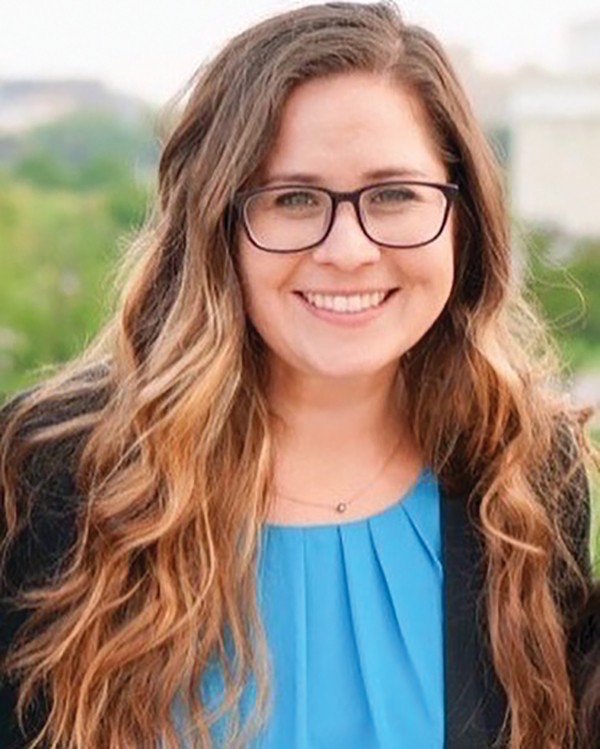
Kaitlyn Krug
…
“Subtle fears.” — Grocery Store Workers
Health-care workers are rightly venerated now, battling on the front lines to heal the sick. Grocery store workers toil in the background, but they also deserve a full pallet of respect. They keep the vital food-supply lines open for the rest of us.
But for grocery store workers, those well-lit aisles may hide a deadly foe. Imagine you’re stocking onions and a stranger sidles up next to you to squeeze a few avocados and ask a question. It is your job to be there and to be nice to customers. What do you do? The short answer to working grocery retail on the coronavirus front lines is: It ain’t easy.
*Robert is — first and foremost — grateful. He still has a job; many he knows in the service industry do not.
“I’m also a little anxious every time I go into work,” he says. “During the past few weeks, my store has seen an insane surge in clientele and sales, so part of me always wonders how many (if any at all, of course) of these customers might be carrying the virus and don’t know it yet.”
A second worker, *Sharon, notes some “subtle fears” of the virus, again because “anybody can come in and you don’t really know if they are ill or not.” But she says her store has implemented new sanitation and social distance policies. “We have signs on the floors guiding customers where to stand. We also have a person at the front door cleaning cart and basket handles for each customer.”
Stores were tense in the first days of the virus, both workers say. Now that things have calmed somewhat, both say they are getting respect and appreciation from customers more than ever.
“I think it started to hit home to some people that we are all in this together,” Robert says. “My co-workers — retail brothers and sisters — we were all doing our best to make sure we had everything someone coming into our stores would need, but there were so many factors outside of our control. I think more people understand that now; everyone seems so much more gracious and polite.”
But there have been a few WTF? moments, too. Sharon has seen customers scoff at panic-buying, then proceed to panic-buy. Stressed-out customers have spoken some stressed-out words — especially if annoyed at out-of-stock items (hand sanitizer, bread, chicken, and chips are hard to keep in stock). Theft is up. Some customers stroll the aisles in “full hazmat suits.”
“Overall, things were super-crazy the first week of the virus gaining speed, and now they are starting to tame back down,” Sharon says. “I’m getting extra pay, extra hours, and a new sense of appreciation for my job and the people I work with.” — Toby Sells
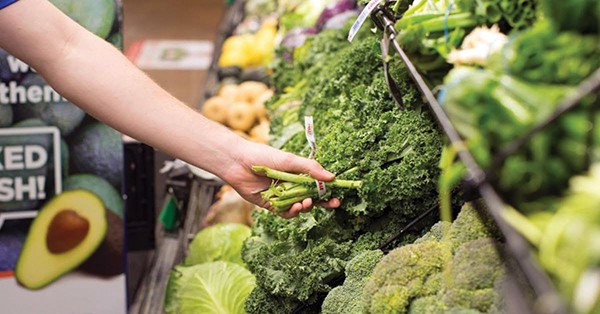 Kroger.com
Kroger.com
Kroger
…
“One dollar provides three meals.” — Food Bank Workers
Outside a Raleigh church, volunteers with protective face masks and rubber gloves place boxes of food in cars queuing in the parking lot.
Inside the boxes are about 40 pounds of food — frozen meat, fresh produce, bread, and other staples. It’s meant to supplement a family for about a week, depending on the size of the family.
This was the site of one of the Mid-South Food Bank’s (MSFB) mobile food pantries last Saturday. The pantries rotate locations across the city, setting up in parking lots of churches, schools, and community centers.
Cathy Pope, CEO and president of MSFB, says the food bank ran mobile pantries prior to COVID-19, but as schools closed the organization “ramped up” that effort.
Pope says when Shelby County Schools initially announced that schools would be closing, the food bank immediately mobilized to put together boxes for SCS students and their families. So far, about 2,000 boxes have been distributed across the city at close to 40 sites.
“My team met to discuss what the needs are going to be in the community and where we can plug in really quickly,” Pope says. “When schools closed, we knew that the need was going to increase because students aren’t able to get meals at school.”
Pope says Shelby County already has heightened statistics for food insecurity and “a lot of that is because 44 percent of our children live in poverty. That’s not okay for our community, so I want to make sure that we are providing the food people need, especially to children and seniors. That was true before the virus and even more now. With layoffs, now we are shifting to also serving working families that are no longer working.”
Pope says without volunteers, the distribution of food at the mobile pantries wouldn’t be possible: “We depend on volunteers every day, pre-COVID-19, but now they are more important than ever. Funding is going to be crucial for us,” Pope says, encouraging the public to donate to the food bank if they can. “It’s the most helpful thing people can do to help us right now. One dollar provides three meals.
“Normally, when there is a disaster, it’s in one location geographically and you can call in the troops from all over the country to help,” Pope says. “For the whole country to be in need at the same time is quite challenging and overwhelming. But what it’s doing is allowing for each community to hold its own. And it’s really working well for Memphis and Shelby County.” — Maya Smith
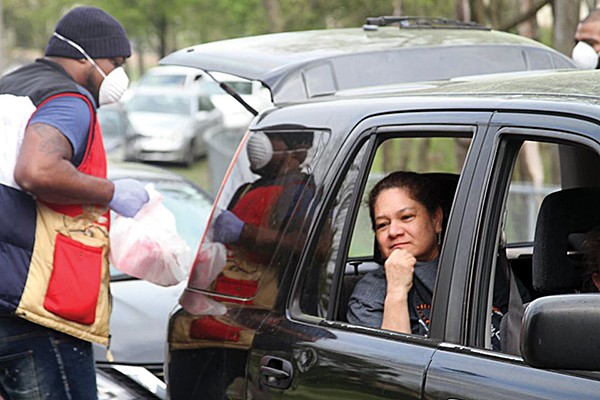 Maya Smith
Maya Smith
A Mid-South Food Bank mobile pantry worker
…
“We’re peoples’ medication.” — CBD Store Owner
Tanna moved to Memphis from Oregon a year ago to help open Ounce of Hope, a CBD store on Cooper Street. “It’s been pretty awesome,” she says.
Ounce of Hope has remained open after the city-mandated shutdown of nonessential businesses during the COVID-19 pandemic.
“We were ready to be considered nonessential, but it was nice to have customers reach out to us. We’re people’s medication. We kind of realized that we have to stay open,” Tanna says. “We had a surge in business before, when there was talk about a mandate happening and people were worried [we’d be] closed down. Since then, things have been pretty calm. We still have our regulars coming in.”
Tanna says the store has been taking extraordinary cautions to ensure the safety of customers and staff alike. “I wear gloves when I’m wearing anything, generally. I disinfect this place every hour, all touchable surfaces. We’ve taken away pretty much all things for customers to interact with. We’ve taken down the sensory bar, things like that. We have hand sanitizer for the public, and I’ve got some of my own in the back.”
Tanna says she has some concern about her personal safety, but it’s the health of others that worries her most. Her boyfriend is on a drug regime that suppresses his immune system. “I come home to him, so there’s a chance I would bring it with me to him,” she says. “It’s not even about being infected. I would hate to be the lynchpin in something. It’s important for me to be in good health because I am interacting in the public.” — CM

Tanna from Ounce of Hope
…
“It’s decimated.” — Pet Care Provider
On a good day for Mr. Scruff’s Pet Care, a Midtown-based enterprise in the Cooper-Young/East Parkway area, co-owner Ricci Mundy and her partner, Eileen Castine, handle 15 to 18 customers. Mostly dogs, but also cats and “birds, fish, snakes, lizards, and ferrets,” says Mundy, whose business has been providing such services for 20 years.
Depending on the species, the animals are walked, bathed, fed, and given every imaginable kind of appropriate loving care. But, though Mr. Scruff’s, like several competitive enterprises in town, is considered to be an “allowable activity” under Mayor Strickland’s “Safer at Home” order, business is down during the coronavirus pandemic. Way down. “It’s decimated,” says Mundy. Down to an average of three pets a day needing attention.
The main problem, says Mundy, is that too many of the pet owners who usually need her services are in stay-at-home mode and trying themselves to provide the functions that have been provided by Mr. Scruff’s.
Animal care isn’t a hobby. At rates of $18 to $20 a visit, Mr. Scruff’s revenue pays the bills — especially since many of the animals are taken there for extended vacations when their owners are traveling.
It’s possible, of course, that some of the fall-off in the animal-care business might be due to pet owners’ fears that the COVID-19 virus is transmittable to or from their beloved creatures. That’s possibly because the virus, a novel one, is thought to be “zoonotic,” i.e., one that originated in mammalian animal hosts, possibly in a live-animal market in Wuhan, China.
But a recent advisory from the World Health Organization states that “there is no evidence to suggest that dogs or cats can be infected with the new coronavirus,” and the CDC (Centers for Disease Control) concurs. Even so, the slowdown in customers, like the pandemic itself, is all too real — and unpredictable in its duration. A shame, since, as Mundy notes, on her own behalf as well as her competitors, “There’s enough business out there for everybody.” — Jackson Baker
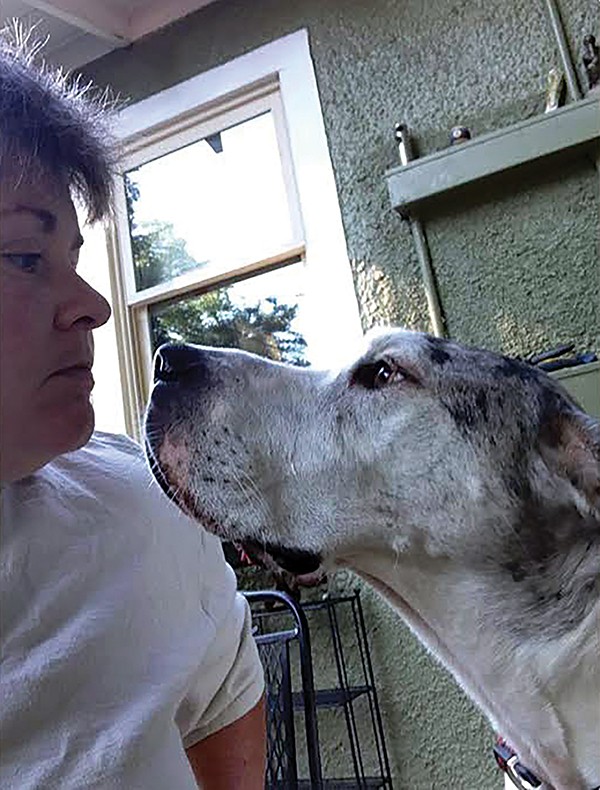
Ricci Mundy with customer
…
“Showbiz seems off the table.”— Delivery Driver
John, who prefers to be referenced by his first name only, used to work in the music industry as a marketing manager and show promoter. But when COVID-19 struck, he was forced to pursue other streams of revenue.
“Showbiz seems off the table for a long time,” he says. “That makes me incredibly sad.”
With delivery services increasing in demand, John decided he would switch to same-day grocery delivery and pick-up service, Instacart. “Customers seem to really appreciate and need the service right now,” he says. “It’s not something I could see living on, but it’s better than nothing.”
In the last week, John managed to fulfill 30 orders. “It can be very time-consuming,” he says. “A large order can take more than an hour, total.”
Due to high demand, John has experienced lags or complete crashes with the Instacart app, and he says their employee protection could be better. “Their support is nonexistent right now,” he says. “Instacart is stacking the orders and not increasing pay enough. Apparently, they reduced the suggested tip amount [to 5 percent], and they aren’t really doing anything to keep their shoppers safe.”
Instacart employees across the country are going on strike, saying that the company isn’t providing workers with enough safety items, including hand sanitizer, disinfectant wipes, and sprays, and that they aren’t supplying ample hazard pay. Instacart has since announced that they will start working toward demands, including offering free hand sanitizer to employees and supplying up to 14 days of pay for any full-service shopper who contracts COVID-19.
John isn’t taking any chances. “I went out and bought some gloves,” he says. “My sister has access to an N95 mask she’s going to bring me. And I’ve tried to keep distance from people. Most orders have been leave-on-porch orders to minimize contact.”
John says that he is worried about risking the safety and well-being of both himself and his family.
“This could kill me,” he says. “I’m 35 and not in great shape. More than anything, I’m worried about my stepmom who just beat cancer, my mom who isn’t in great health, and my 93-year-old grandma. But I have no back-up [for income], and I have to risk it.” — Julia Baker *Names of some sources in this story have been changed to protect their anonymity.
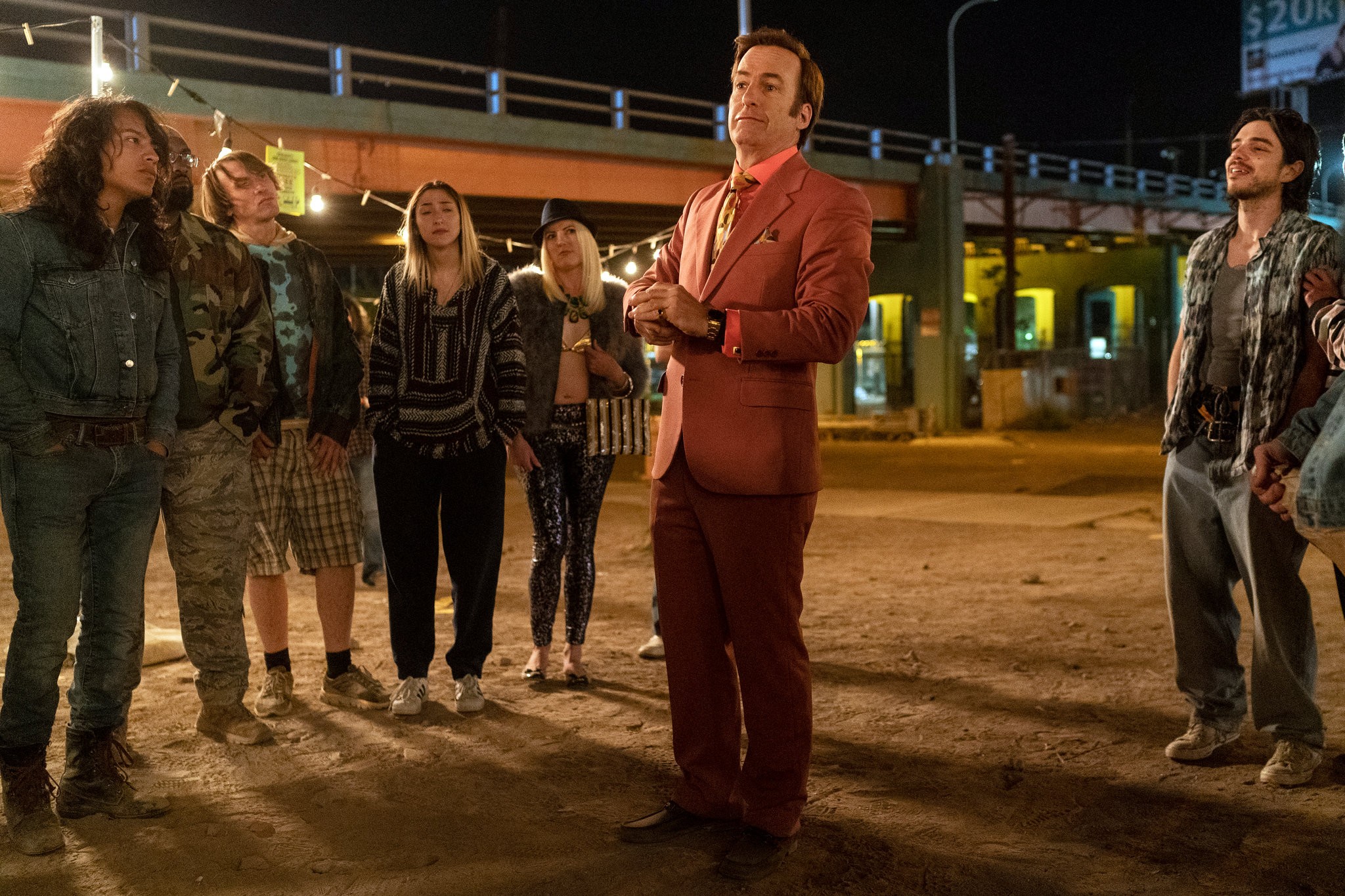


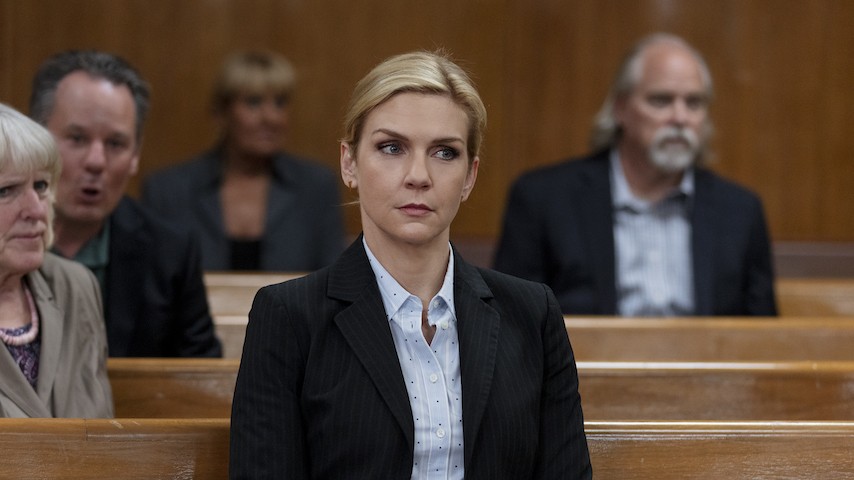
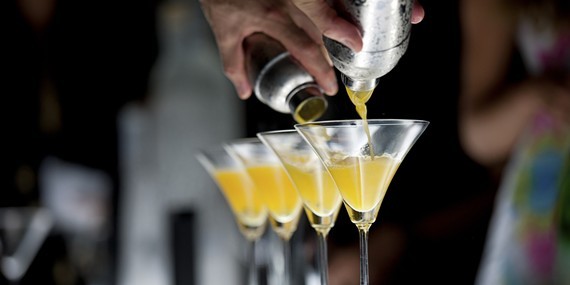
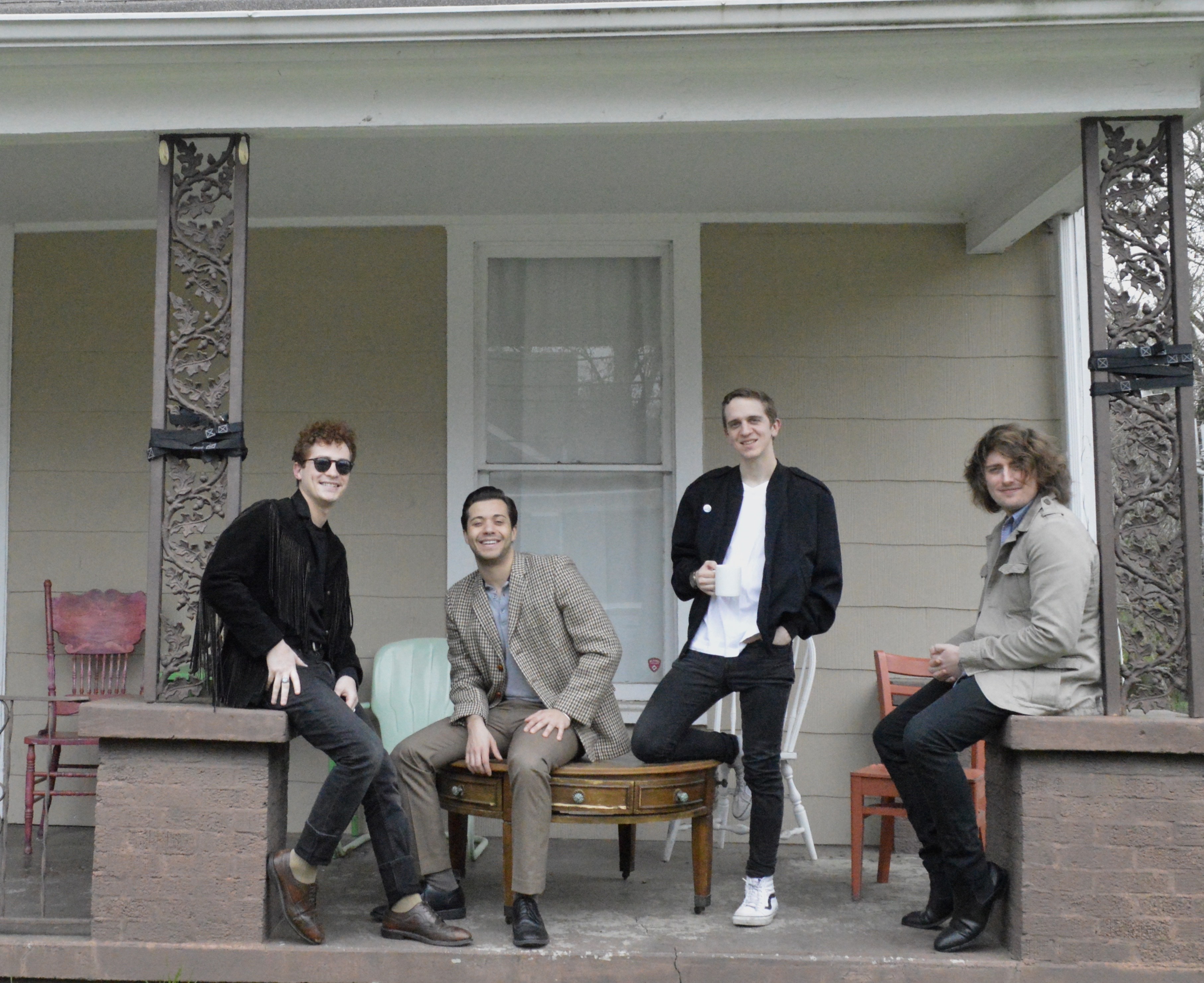 Shelby Kennedy
Shelby Kennedy 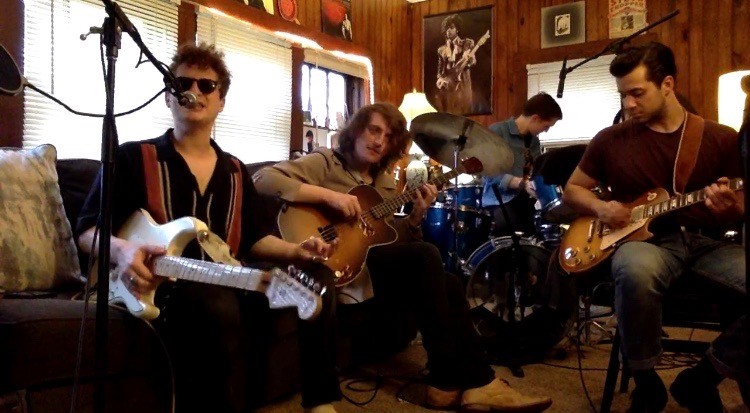
 Max Kaplan selfie
Max Kaplan selfie 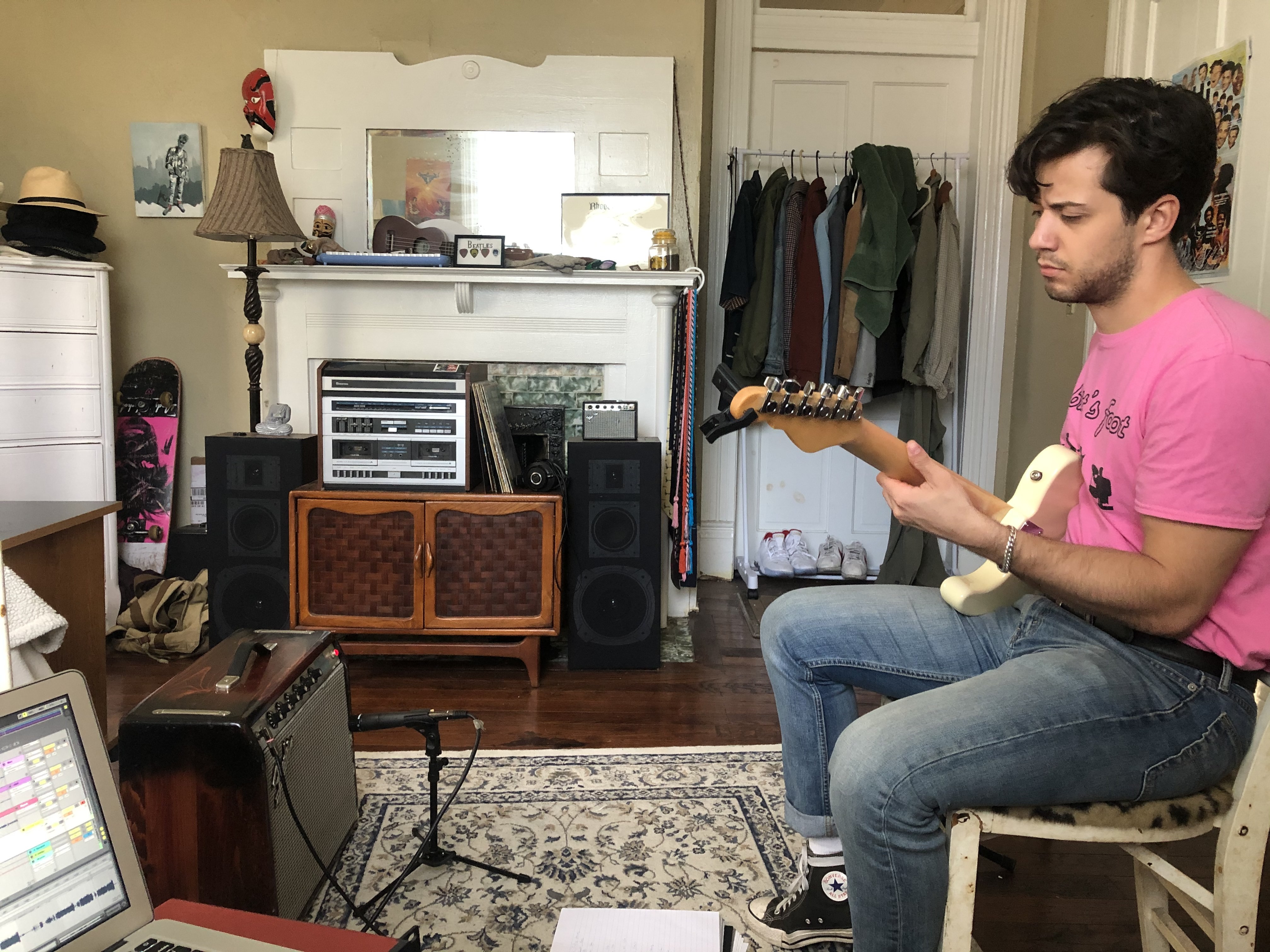 Max Kaplan
Max Kaplan 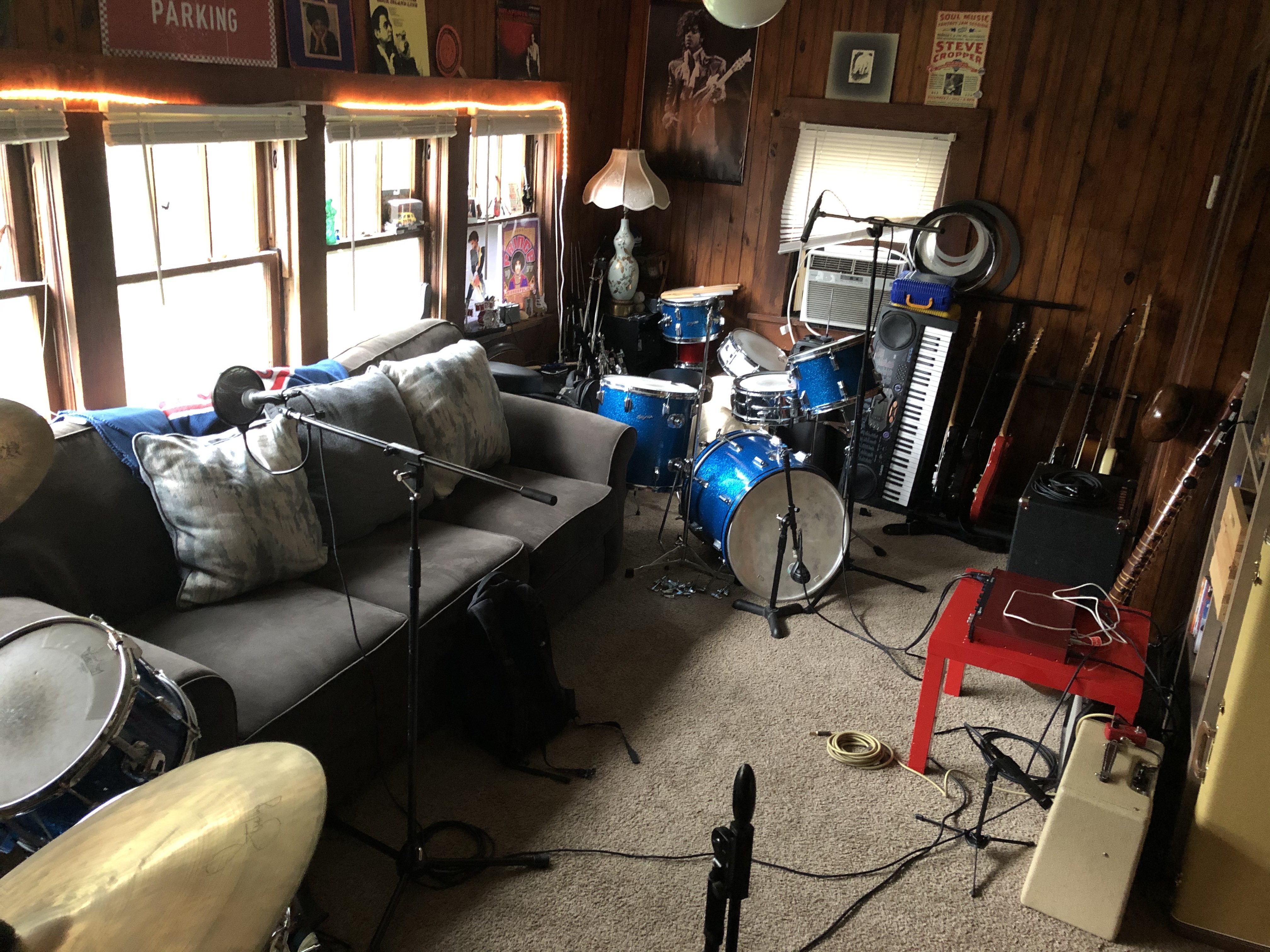 Max Kaplan
Max Kaplan 
 Photo by Brandon Dill, courtesy of Memphis Made Brewing Co.
Photo by Brandon Dill, courtesy of Memphis Made Brewing Co. 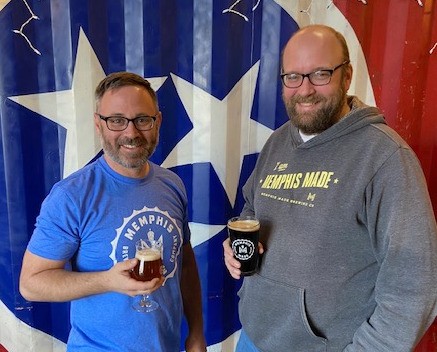 Photo by Becky Clark
Photo by Becky Clark 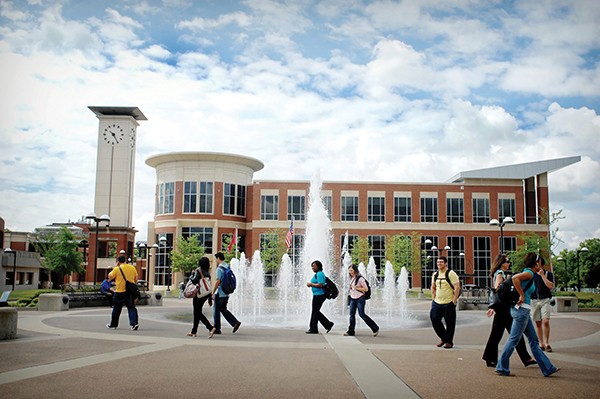 University of Memphis/Facebook
University of Memphis/Facebook 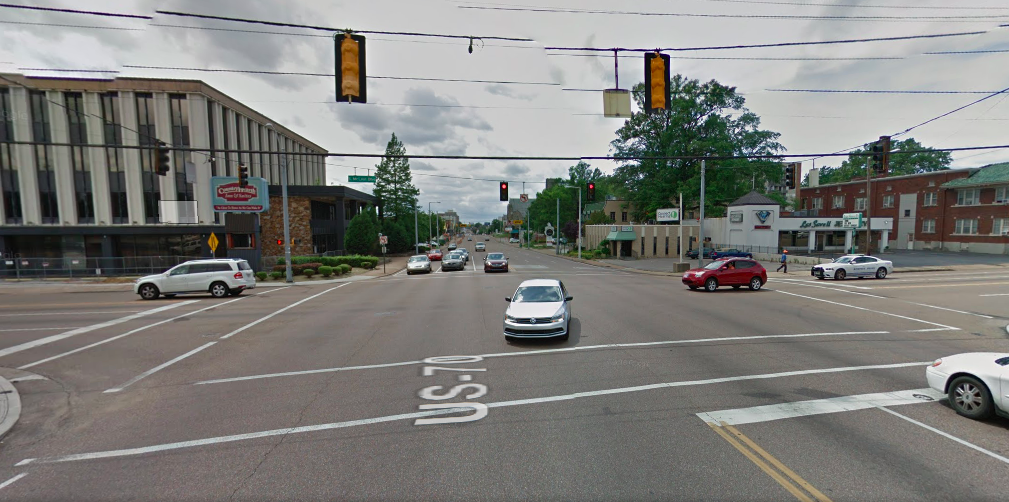
 The New York Times
The New York Times 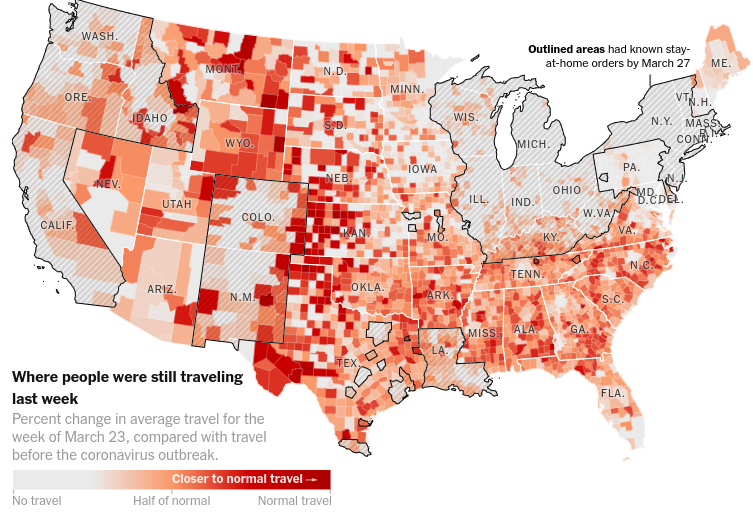 The New York Times
The New York Times 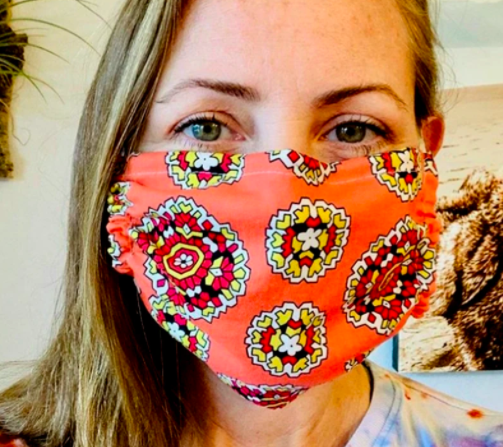
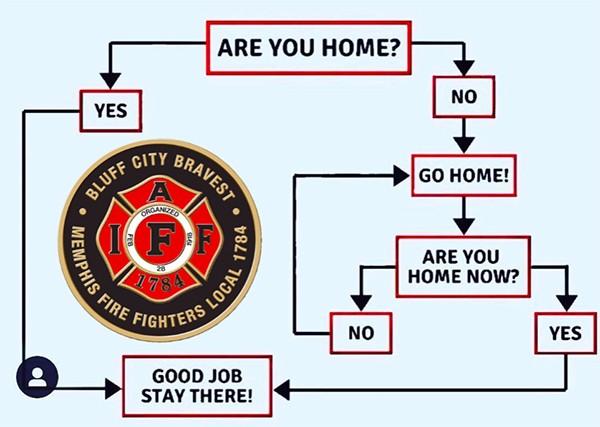


 Svetamart | Dreamstime.com
Svetamart | Dreamstime.com  Russell Linton | Dreamstime.com
Russell Linton | Dreamstime.com 
 Kroger.com
Kroger.com  Maya Smith
Maya Smith 
